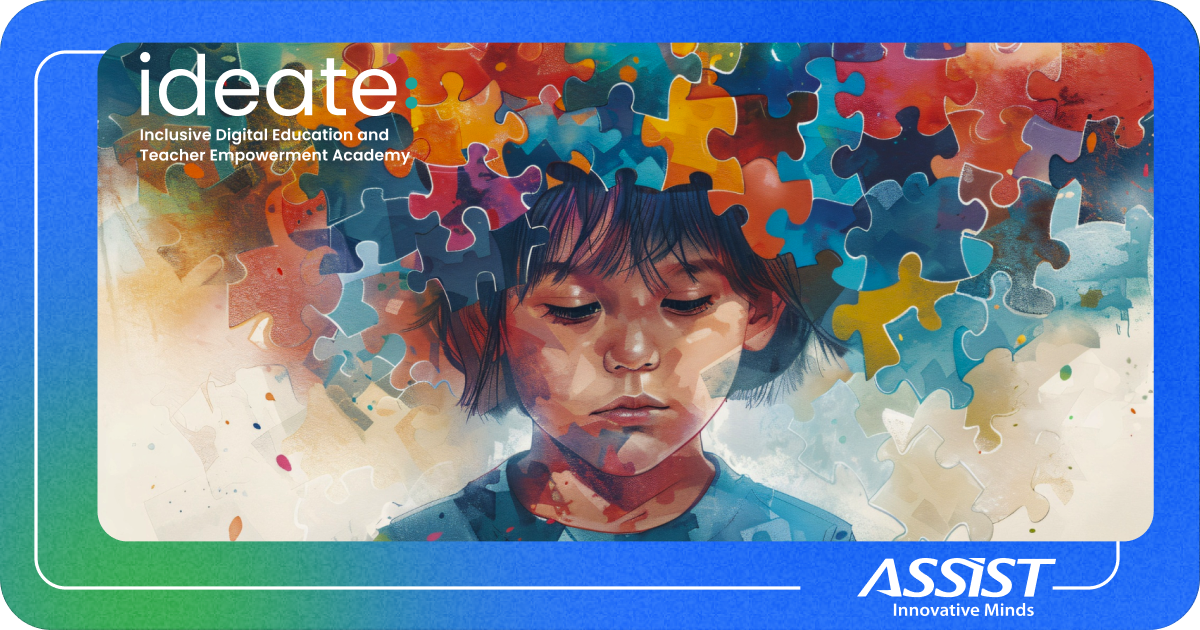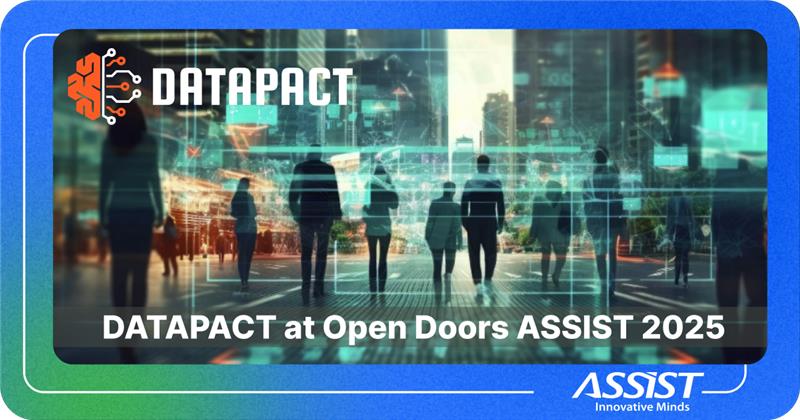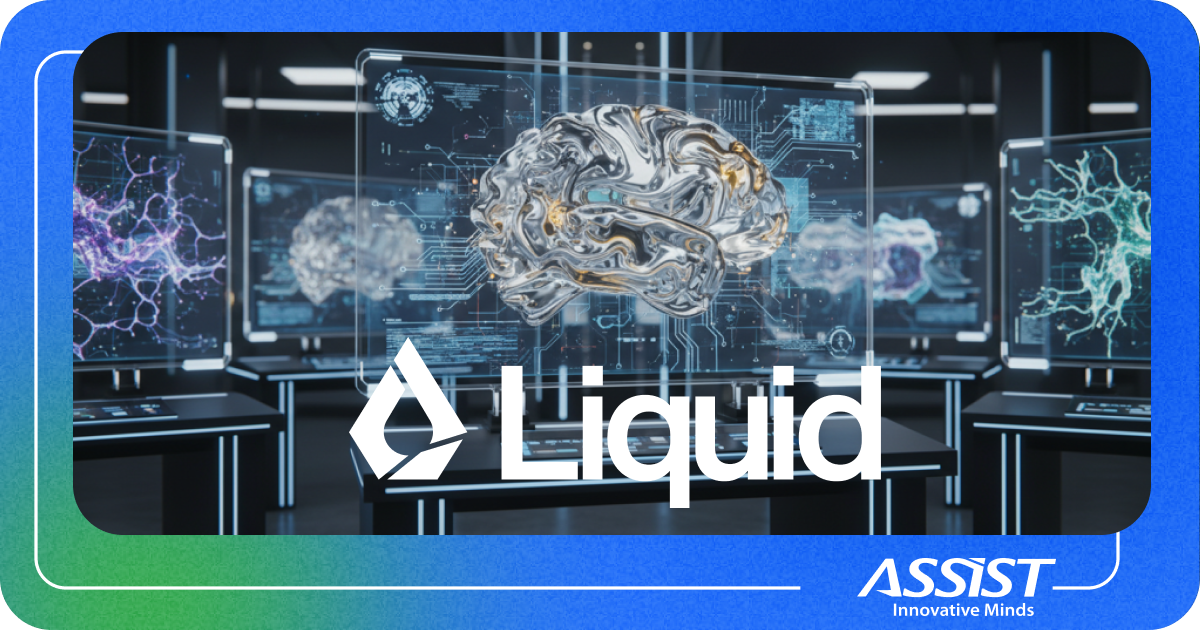Digital Twin Breakthrough? Understanding NVIDIA's Cosmos
It's the talk of the town. At CES 2025, NVIDIA unveiled Cosmos World Foundation Models (WFMs), a suite of AI tools poised to redefine the simulation and optimization of physical environments. Designed to enhance digital twin technology, these models deliver unprecedented precision in robotics, autonomous vehicles (AVs), manufacturing, and logistics.
Digital twins are rapidly gaining traction, with the global market expected to grow from $10.3 billion in 2023 to USD 110.1 billion by 2028. Cosmos WFMs position NVIDIA as a leader in this space, allowing businesses and developers to simulate complex, physics-aware environments like never before.
“The ChatGPT moment for robotics is coming. [...] We created Cosmos to democratize physical AI and put general robotics in reach of every developer,”
– Jensen Huang, Founder and CEO of NVIDIA
What Is NVIDIA Cosmos?
Cosmos WFMs are advanced AI models that simulate real-world dynamics with exceptional accuracy. Trained on extensive datasets covering human behavior, industrial processes, and driving scenarios, Cosmos allows companies to train and test AI systems in secure, virtual environments.
1. Physics-Aware Simulations
Models incorporate real-world dynamics like gravity, friction, and object permanence, making them vital for robotics and autonomous systems.
2. Synthetic Data Generation
Generate lifelike videos, sensor data, and scenarios to efficiently train AI systems without relying on expensive real-world data collection.
3. Customizability
Fine-tune models with proprietary data to address specific business needs and challenges, ensuring tailored and accurate solutions.
4. Scalability
Choose from various tiers, such as Nano for real-time applications or Ultra for high-fidelity visualizations, to suit different use cases and industries.
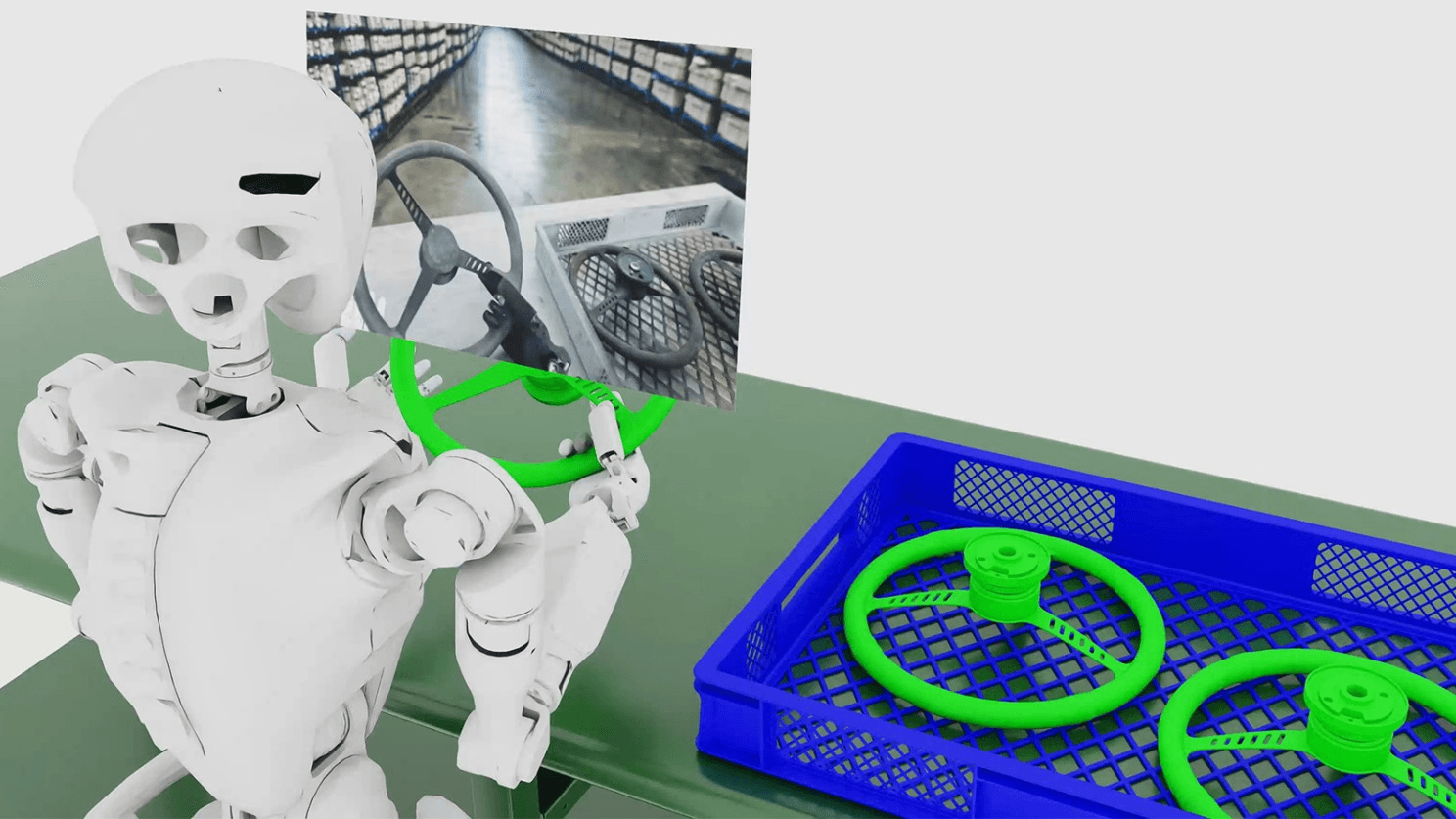
Digital Twins: A Transformative Technology
Digital twins —virtual replicas of real-world systems— are transforming industries. They enable businesses to simulate operations, analyze efficiencies, and predict outcomes.
- In manufacturing, companies leveraging digital twins report up to a 30% improvement in operational efficiency and a 50% reduction in maintenance costs.
- Digital twins can optimize fleet management for logistics, cutting delivery times by as much as 20%.
However, the utility of digital twins is only as good as the underlying data and simulation tools. This is where Cosmos WFMs excel, delivering realistic simulations and high-quality synthetic data at scale.

ASSIST Software brings extensive expertise in custom AI development, creating tailored solutions by leveraging proprietary data and addressing industry-specific requirements. This approach mirrors the flexibility offered by NVIDIA Cosmos, which empowers businesses to fine-tune simulations to meet their unique challenges. Additionally, ASSIST Software’s experience with platforms like NVIDIA Omniverse and similar collaborative tools positions it as a leader in implementing and enhancing complex AI-driven ecosystems, ensuring seamless integration and optimization of cutting-edge technologies.
- Digital Twins: The Industrial Revolution of the 21st Century | ASSIST Software Romania
- When Your Operations Have a Mirror. The Power of Digital Twins and AI | LinkedIn
- AI/ML & Data Engineering - ASSIST Software Romania
The Business Impact of Cosmos
Cosmos delivers tangible benefits across industries:
- Cost Savings: By eliminating the need for physical prototypes and real-world testing, Cosmos dramatically reduces development costs. Autonomous vehicle companies, for instance, can simulate millions of driving miles in varied environments without deploying a single car.
- Accelerated Innovation: Pre-trained and customizable, Cosmos WFMs shorten time-to-market for new products, giving businesses a competitive edge.
- Informed Decision-Making: Digital twins powered by Cosmos provide actionable insights, enabling businesses to predict system behavior and make smarter decisions.
- Broad Adoption Across Industries: Industry leaders like Uber, Waabi, and XPENG are already using Cosmos WFMs to advance AI systems, demonstrating the potential for widespread adoption across robotics, autonomous driving, and logistics.
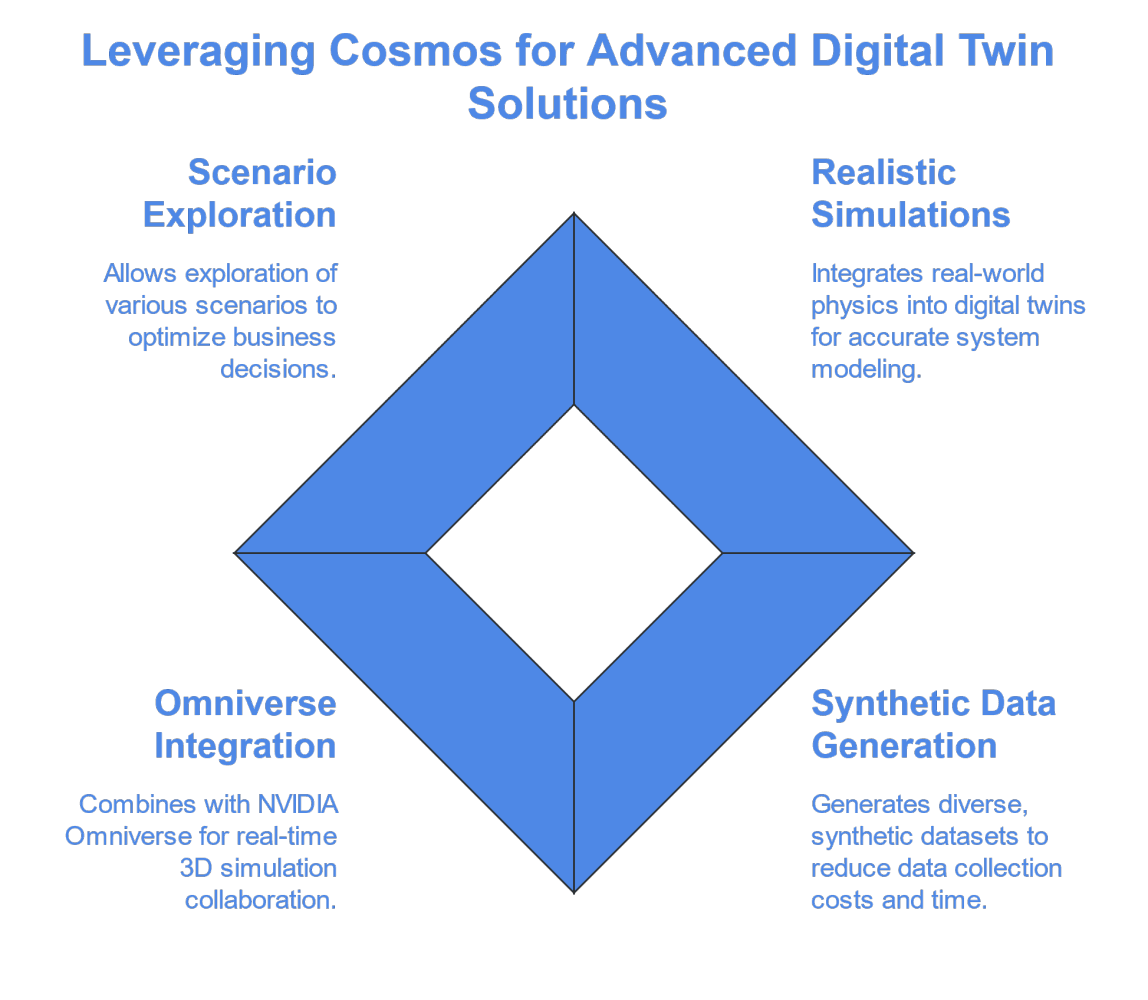
Why Cosmos Matters?
For developers, Cosmos provides a robust platform to build tailored AI solutions, enabling them to address complex challenges with precision. This marks a significant step in the evolution of AI-powered industries, where scalability, efficiency, and adaptability are key to staying competitive.
At ASSIST Software, we understand the transformative potential of technologies like Cosmos. Our expertise in custom AI development and simulation platforms aligns perfectly with the opportunities Cosmos offers.
- Are you ready to explore how tailored AI solutions can revolutionize your operations? Let’s start the conversation.
